Golf's Distance Debate - What The Game's Key Figures Have Said
The issue of driving distances is back in the headlines, with a golf ball rollback affecting all levels of the game, but where do the game's biggest names stand on the subject?
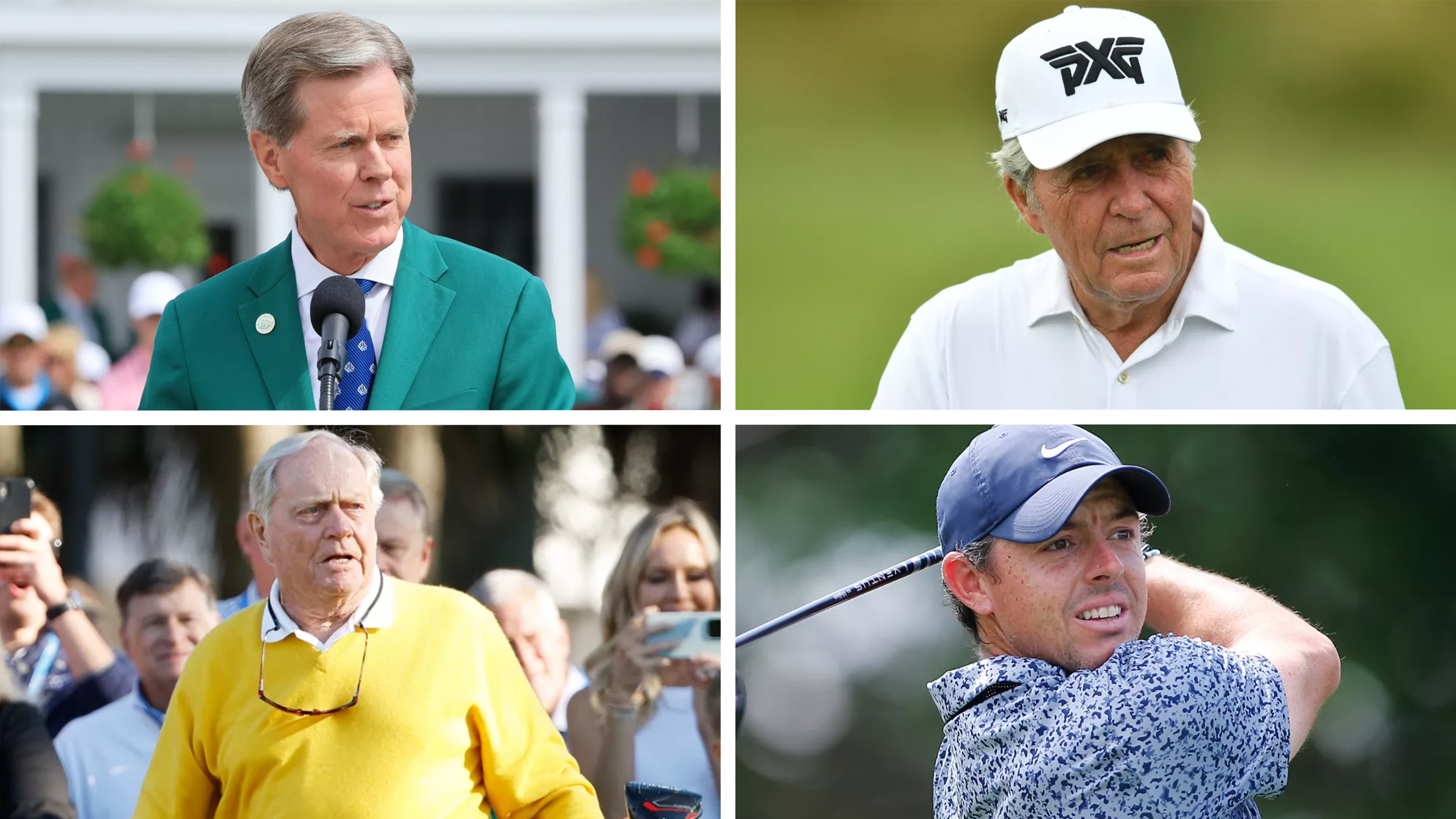
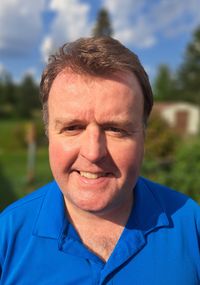
One of the game’s longest-running issues, the driving distance debate, is back in the news following a revised golf ball rollback plan to counter the problem.
While the game’s present-day big hitters have ensured the subject is never far from the conversation, the debate has been rumbling for decades, with 18-time Major winner Jack Nicklaus even raising it as long ago as the 1970s.
But what are the opinions of the leading figures in the game? Unsurprisingly, there is a division between those who feel a rollback of the ball is long overdue and others who feel the subject is overblown.
In Favour Of Change...
Rory McIlroy
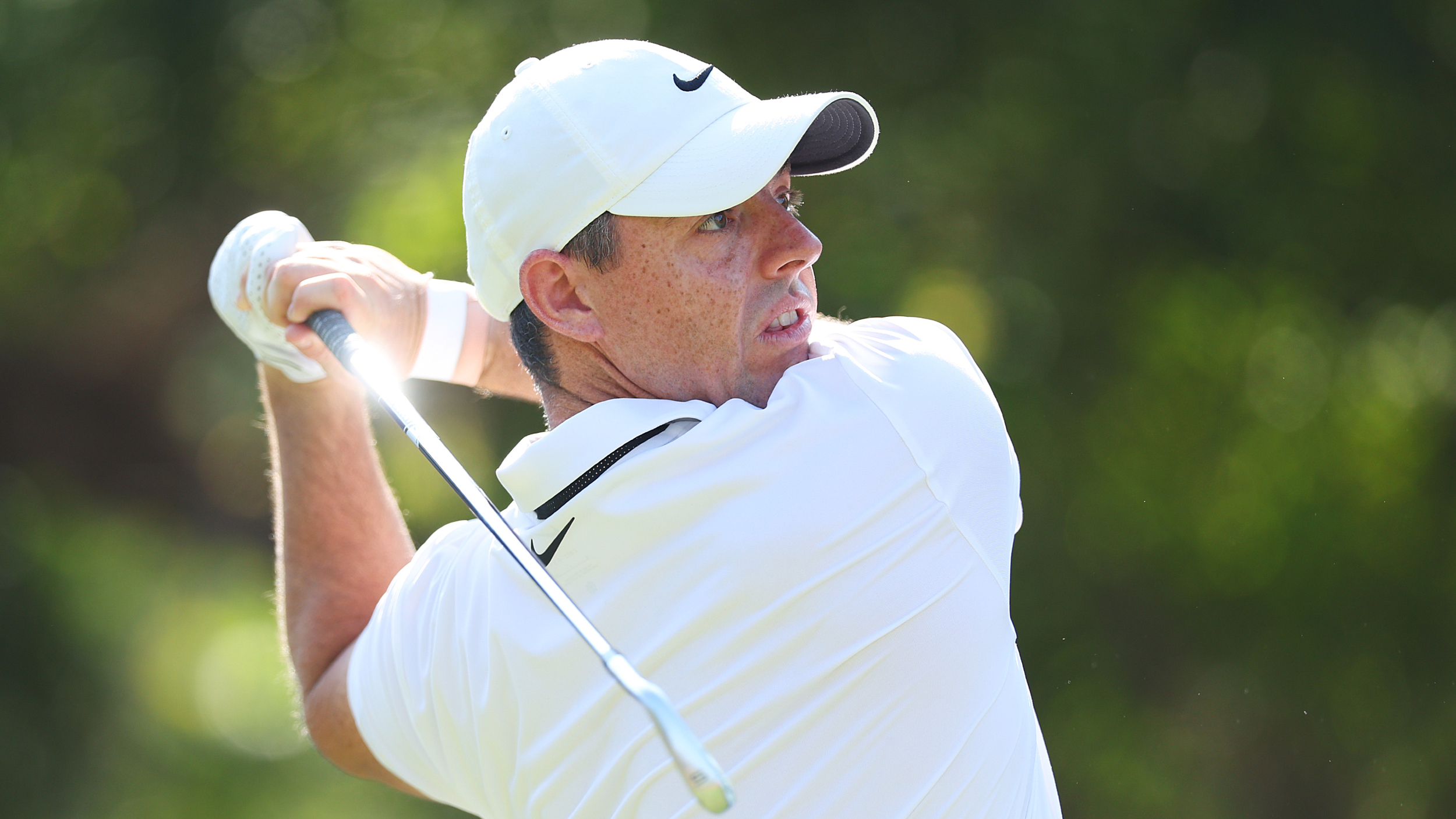
Rory McIlroy likes the latest golf ball rollback scheme
McIlroy had previously called the R&A and USGA’s Distance Insights Report, published in 2020, "a huge waste of time and money".
In 2021, he said: "I think the R&A and USGA are looking at the game of golf through such a tiny little lens that what they're trying to do is change something that pertains to 0.1% of the golfing community."
However, he is in favour of the latest rollback plans. In a lengthy post on X days before they were announced, he wrote: "I don’t understand the anger about the golf ball roll back. It will make no difference whatsoever to the average golfer and puts golf back on a path of sustainability.
"It will also help bring back certain skills in the pro game that have been eradicated over the past 2 decades."
Subscribe to the Golf Monthly newsletter to stay up to date with all the latest tour news, equipment news, reviews, head-to-heads and buyer’s guides from our team of experienced experts.
Tiger Woods
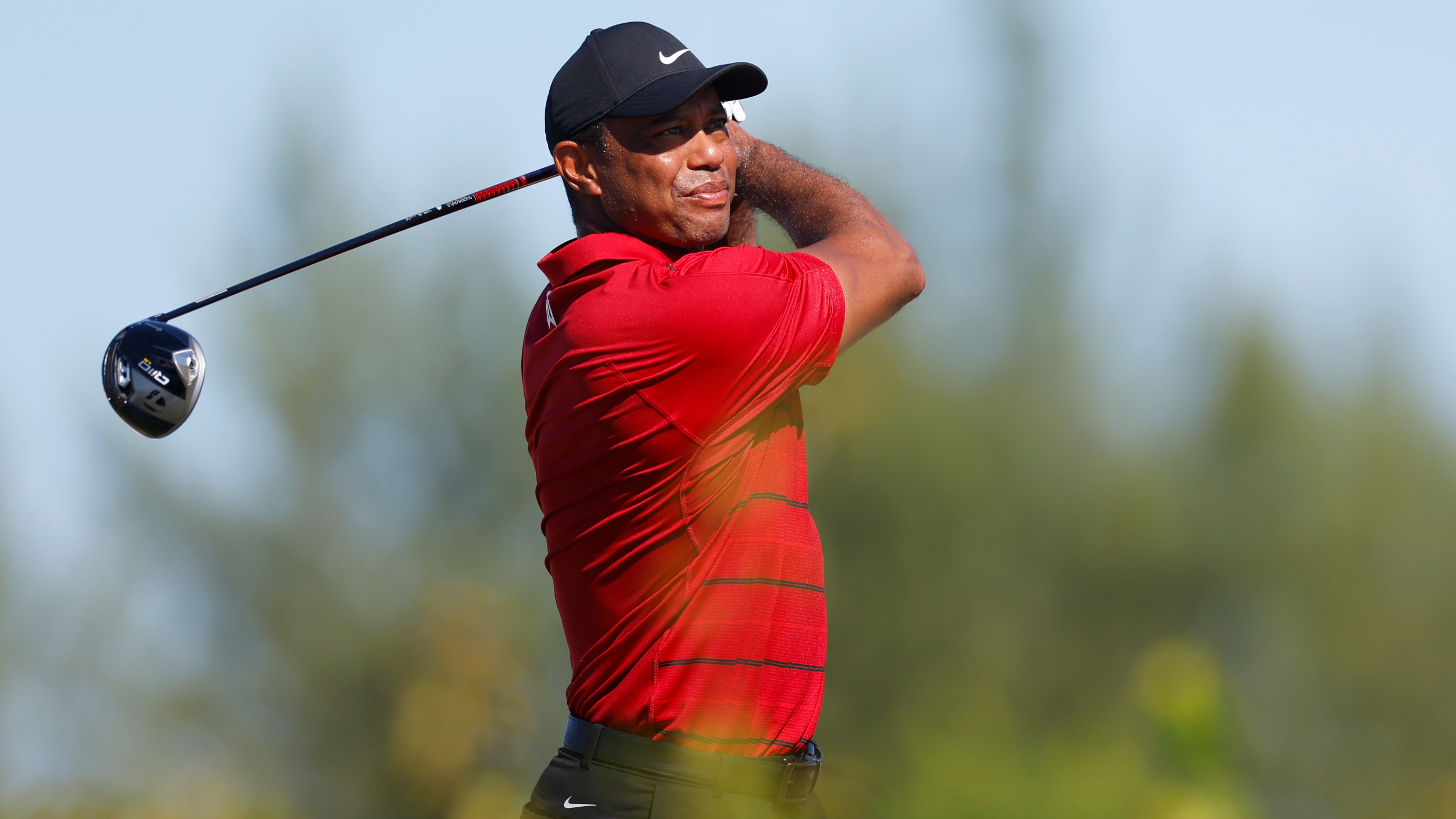
Tiger Woods has concerns over precisely what needs to change
The 15-time Major winner has previously voiced concerns about exactly where you would start to rollback the equipment. However, during his comeback from injury at the 2023 Hero World Challenge he reiterated his view that something needs to be done - albeit he appears more in favour of bifurcation than the blanket rollback that is on the table.
He said: "This has been, I guess, the talk ever since I've been out on Tour. And then to finally see it come to this point where I think both governing bodies who control the rules around the world are going to come to a collaborative understanding of how far - we just don't have enough property anymore.
"So I think that understanding that yeah, we've been hammering the ball needs to slow down, but it has kept speeding up my entire career, and here we are. As I told you guys, I've always been for bifurcation. I've always said that. Just like wood bats and metal bats."
Jack Nicklaus
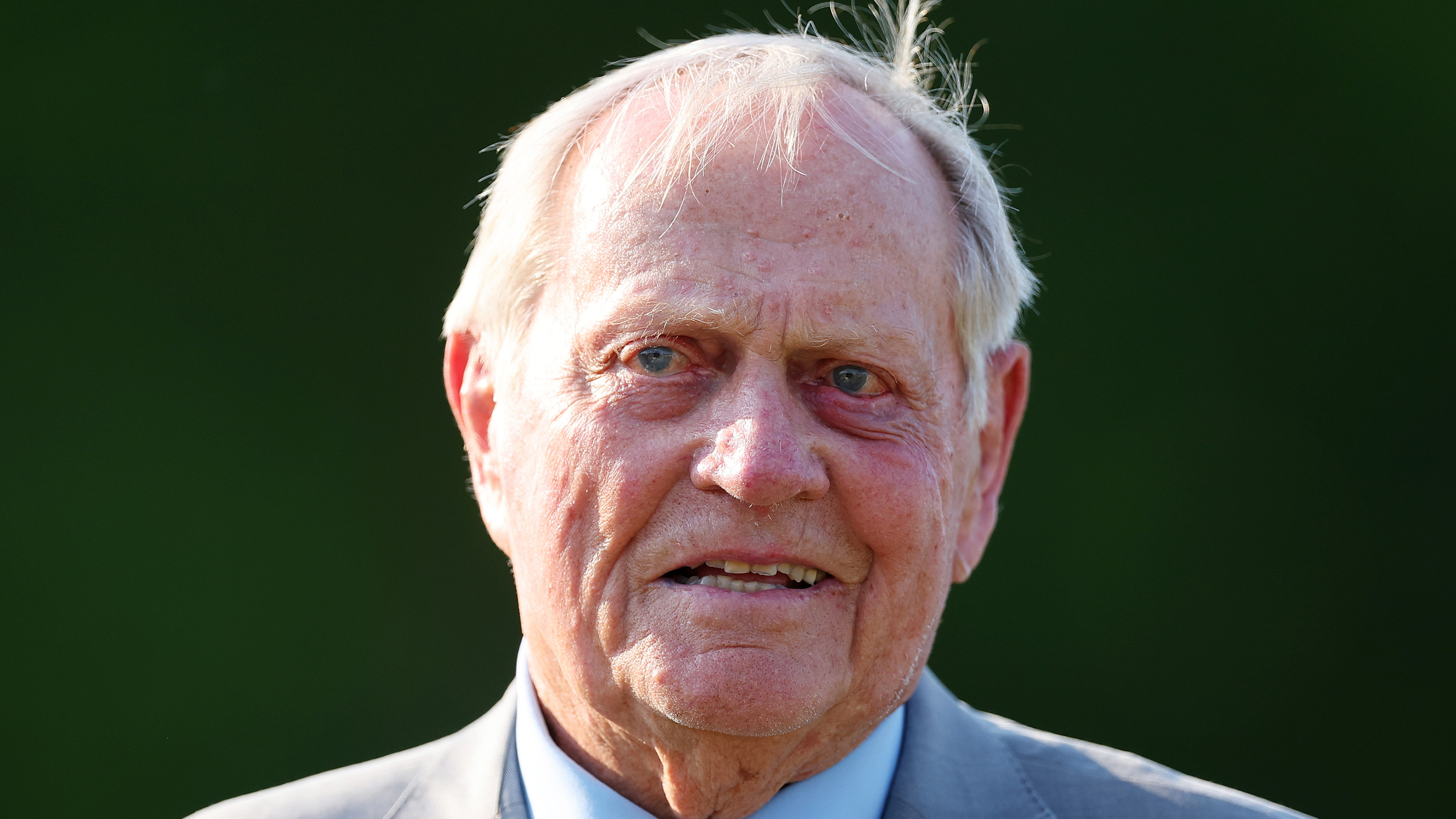
Jack Nicklaus raised the distance debate issue decades ago
Nicklaus initially raised the issue of increasing distances in the 1970s, and the ensuing decades have not changed his opinion that a rollback is necessary.
In 2022, he said: “For all concerned, for the ball to come back to bring a lot of things back into perspective is very important for the game of golf. I think something will get done, it’s just how long will it take for them to research the problem?”
The following year, he had his answer, with the plans for bifurcation revised to introduce a golf ball rollback to all levels of the game in two stages - 2028 for amateur golfers and 2030 for the elite game.
Gary Player
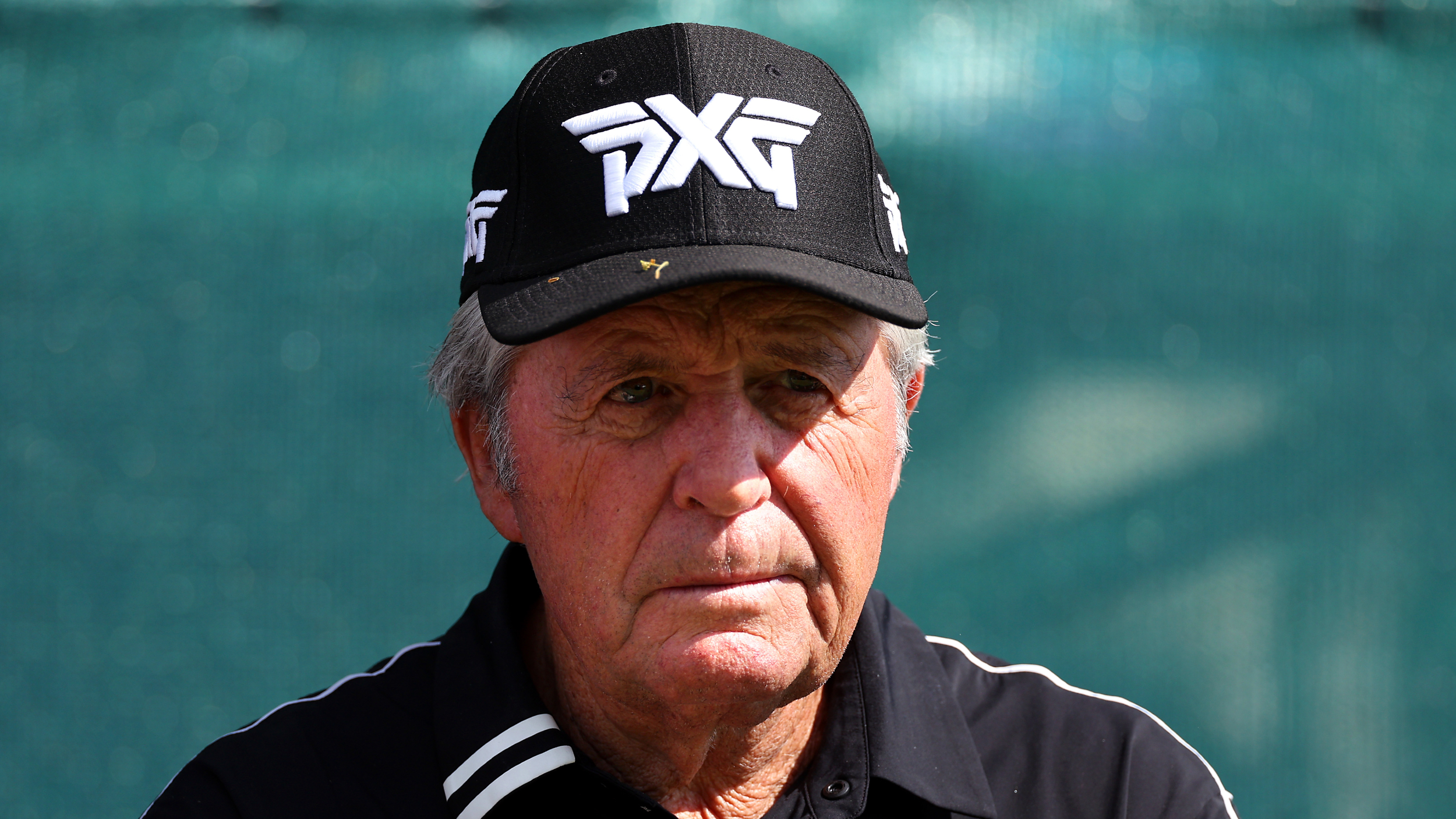
Gary Player has an idea on how to solve the issue
The nine-time Major winner made a bold prediction in 2022, saying: "If we don't do something about the ball, it'll go 500 yards".
As to what to do about it, Player has a suggestion: "Cut the ball back 50 yards, only for the pros. Not for members, let the members play with anything, let them keep the long putter against their chest, don’t stop them playing, they are two different games. They don’t want to acknowledge that but they are. Just go and watch Koepka if you think you are playing the same game.”
We now know bifurcation is not in the plans, but reducing driving distances is, albeit not by the 50 yards Player suggested.
Paul McGinley
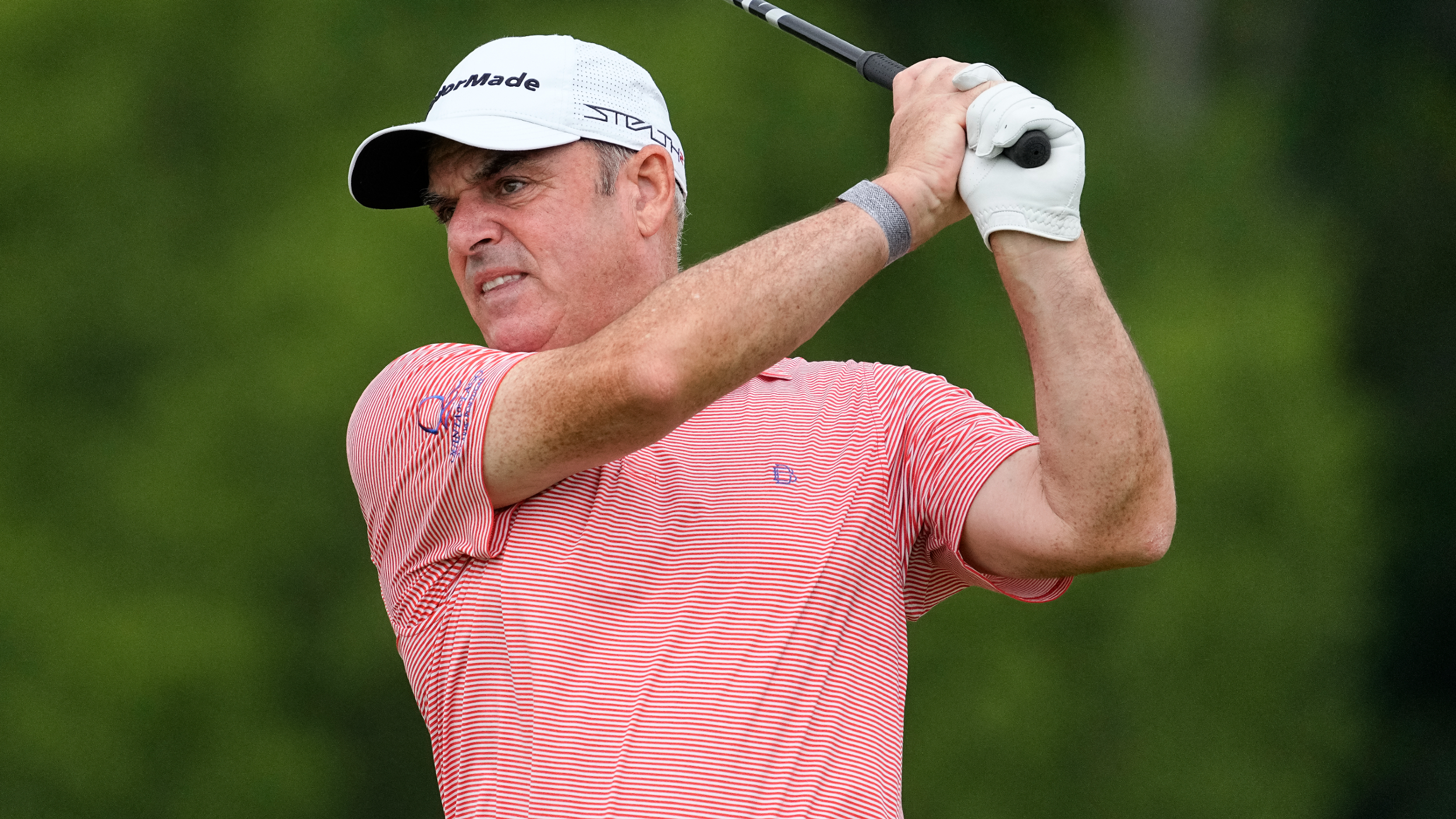
Paul McGinley is in favour of bifurcation
Europe’s 2014 Ryder Cup-winning captain has spoken out in favor of bifurcation, but would like to avoid a change at the top level.
He said: "Personally I would hold the top level where it is now, absolutely make it stringent so they can’t go any further in terms of technology but at the same time I would open up the doors for amateurs to use different, and the technology companies to create different, new ways, new golf clubs and new balls that will help the amateur play a game that is incredibly difficult."
Sir Nick Faldo
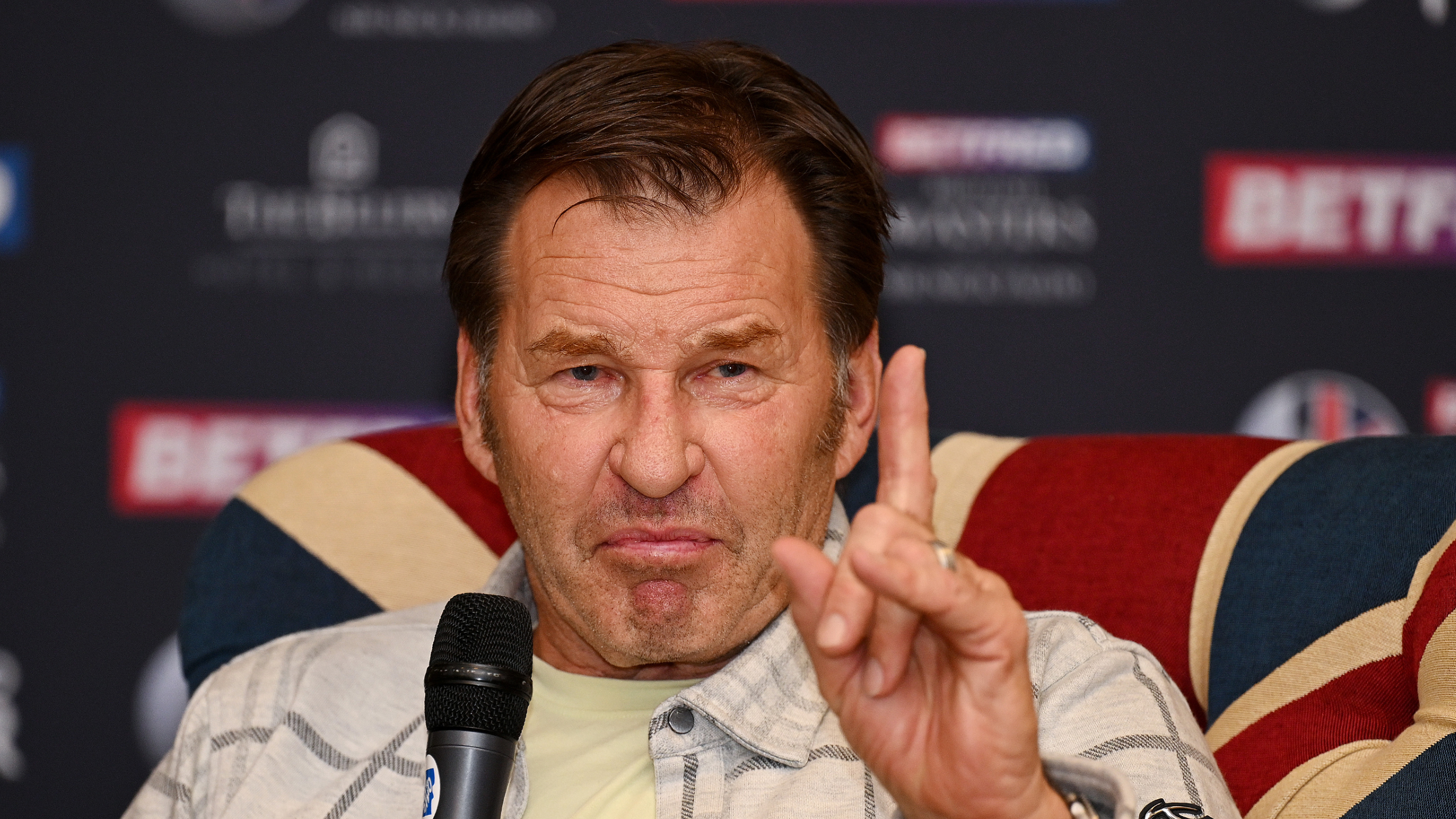
Sir Nick Faldo suggests playing without tees
In response to a tongue-in-cheek suggestion from Scott Hend to play without tees, the six-time Major winner wrote on Twitter: “Hello! I remember getting shot down with this idea years ago! That would instantly bring back striking skills under pressure! I’d love to see who’s good enough to drive 320 off the deck on a Sunday afternoon, more power to them if they can!"
In 2020, he also suggested a change in the driver face: “If we brought the size of the face down so there were some serious mishits… so the sweet spot for the pro is a real sweet spot, not a sweet face - that’s what it is now. It’s the whole thing!”
Mike Davis
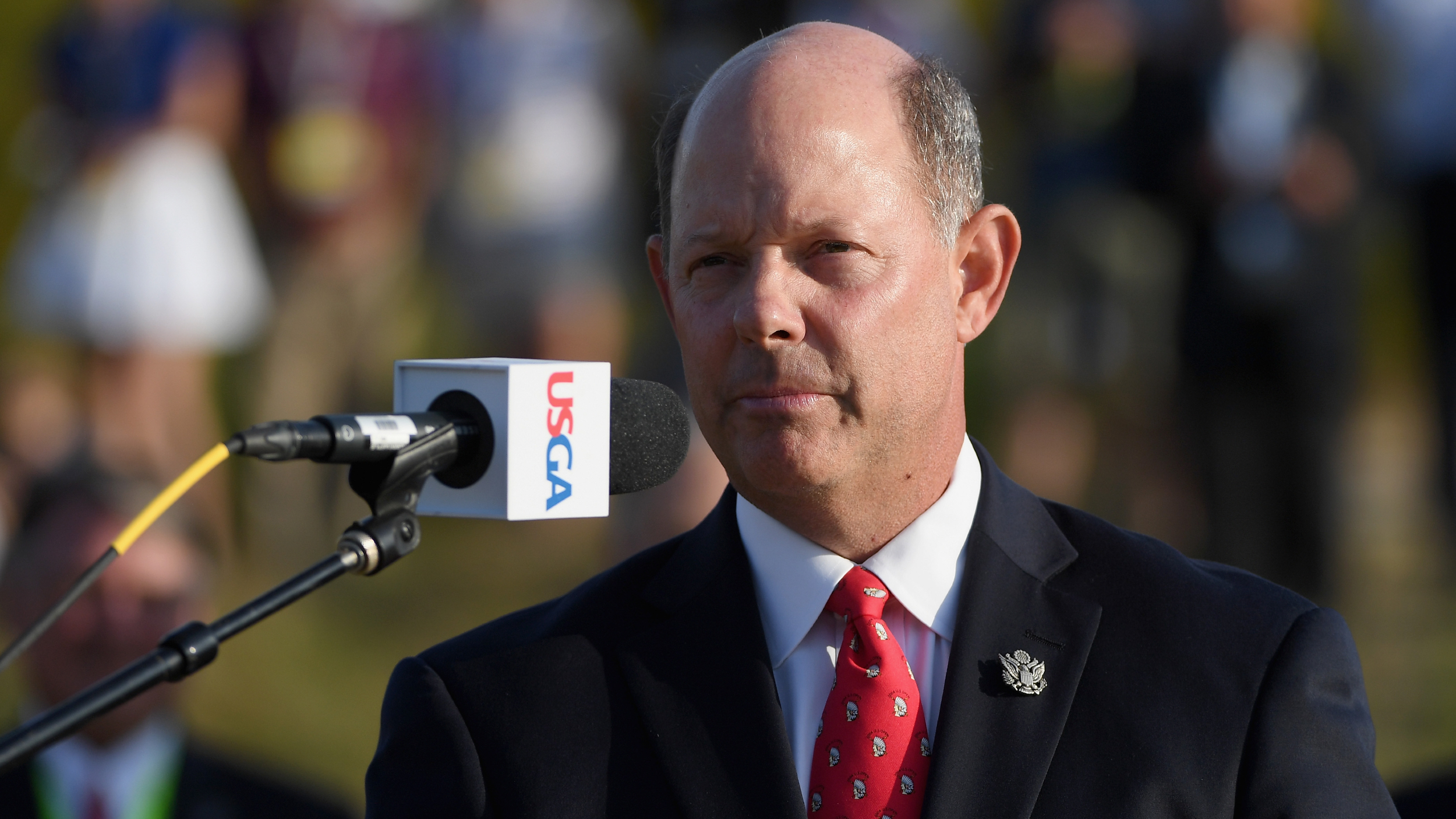
Former USGA CEO Mike Davis acknowledged there is a concern
The former USGA CEO also hinted at changes as far back as 2018. He said: "We do not think that distance is necessarily good for the game. The issue is complex, it's important and it's one that we need to, and we will, face straight on.
“We look at other sports and say they haven't had to change their arenas. Tennis courts are the same size as the tennis court was, football fields haven't had to go to 130 yards in length, the basketball courts are the same, the soccer fields are the same - you're not watching stadiums get changed because of equipment. Unfortunately that is what's happened in golf. It's not as if it's stopped, it's continuing to go. And that's concerning."
Fred Ridley
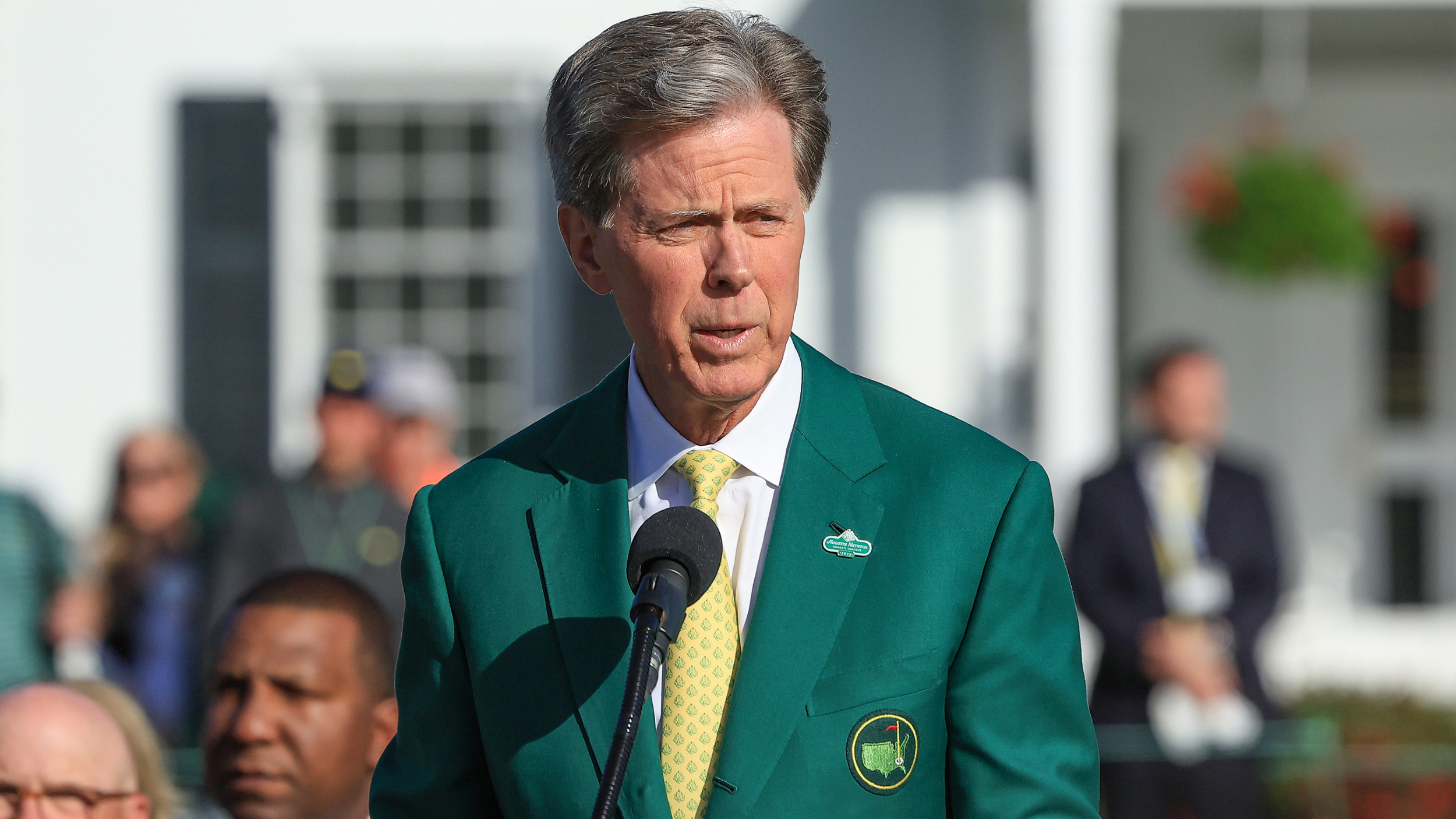
Fred Ridley doesn't want to see tournaments played on 8,000-yard courses
The Augusta National chairman, while not explicitly suggesting a rollback, nevertheless voiced his concerns on increasing distances in 2021.
He said: "We hope there will not come a day when the Masters or any golf championship will have to be played at 8,000 yards. If there is no action taken, for whatever reason, then we need to look at other options with regard to our golf course and what we can do to continue to challenge these great golfers and maintain the design integrity that was initially adopted by Mr [Bobby] Jones and Mr [Alister] MacKenzie.”
Patrick Cantlay
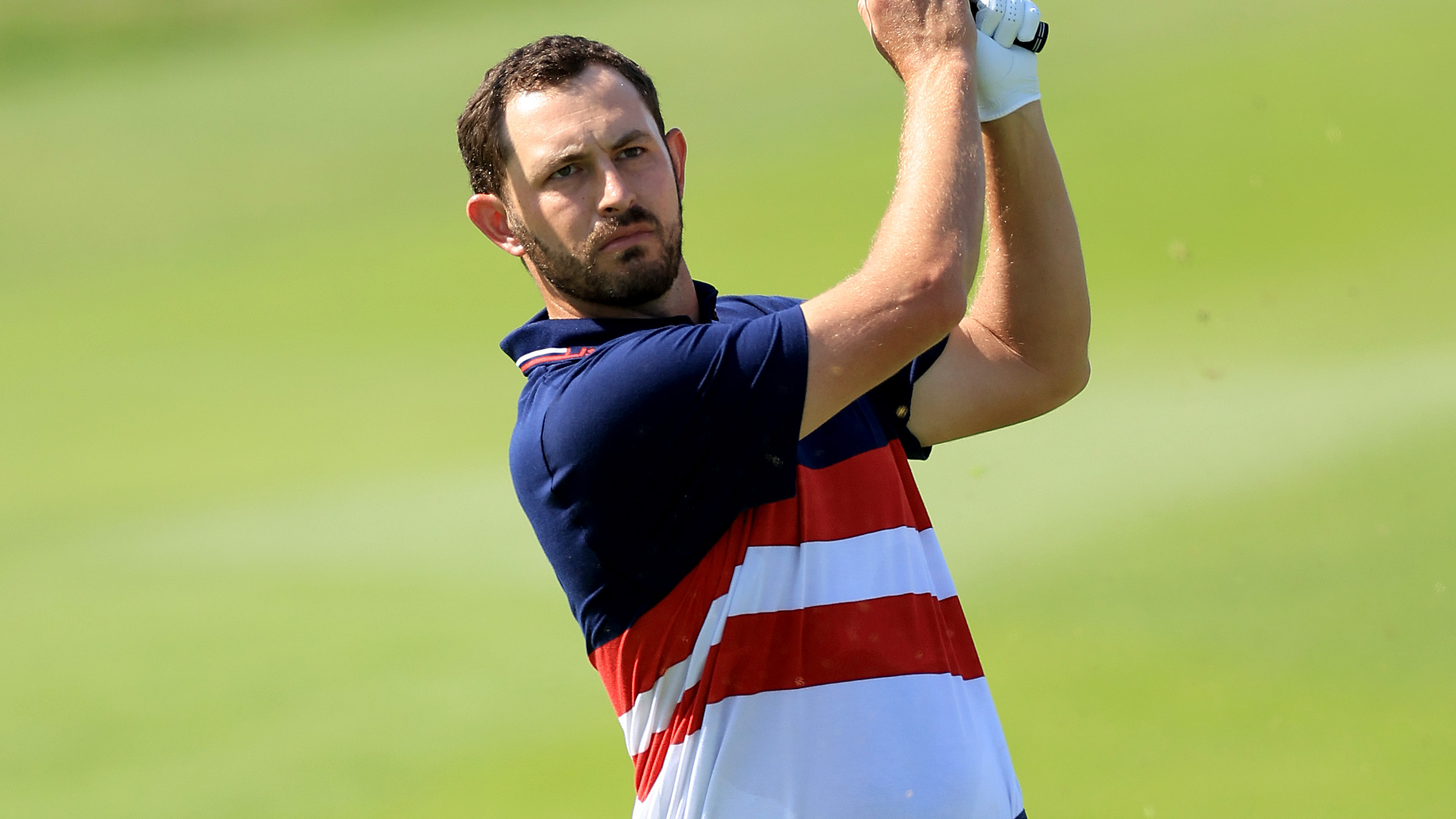
Patrick Cantlay thinks the distance trend needs to be reversed
Cantlay has said he can’t see how the current trend can continue, remarking: “Theoretically, the golf ball needs to go shorter. Every golf course I go to has different tee boxes farther back than even four or five years ago when I visited the golf course.
“It’s getting to the point where the tee boxes are already to the perimeter of the property, so much so that Augusta National has been buying up all the adjacent pieces of property so they can put more tee boxes and change the holes. That’s not sustainable. Not only that, if pace of play is one of your biggest concerns, how many golf courses do I go to on Tour where the tees are 100 yards back? They can’t keep going in this direction.”
Against Change...
Jenny Shin

Jenny Shin doesn't agree with a golf ball rollback, but thinks driver heads in the men's game should change instead
The LPGA Tour pro was one of the first players to criticise reported plans to introduce a golf ball rollback at all levels of the game, describing it as "depressing" and questioning why the issue couldn't be resolved by changing driver heads in the men's game.
She wrote on X: "I finally got my 7iron to fly 152yards, carry, now they want to roll it back. How depressing. Why can't men just have different driver heads[?]"
Bryson DeChambeau
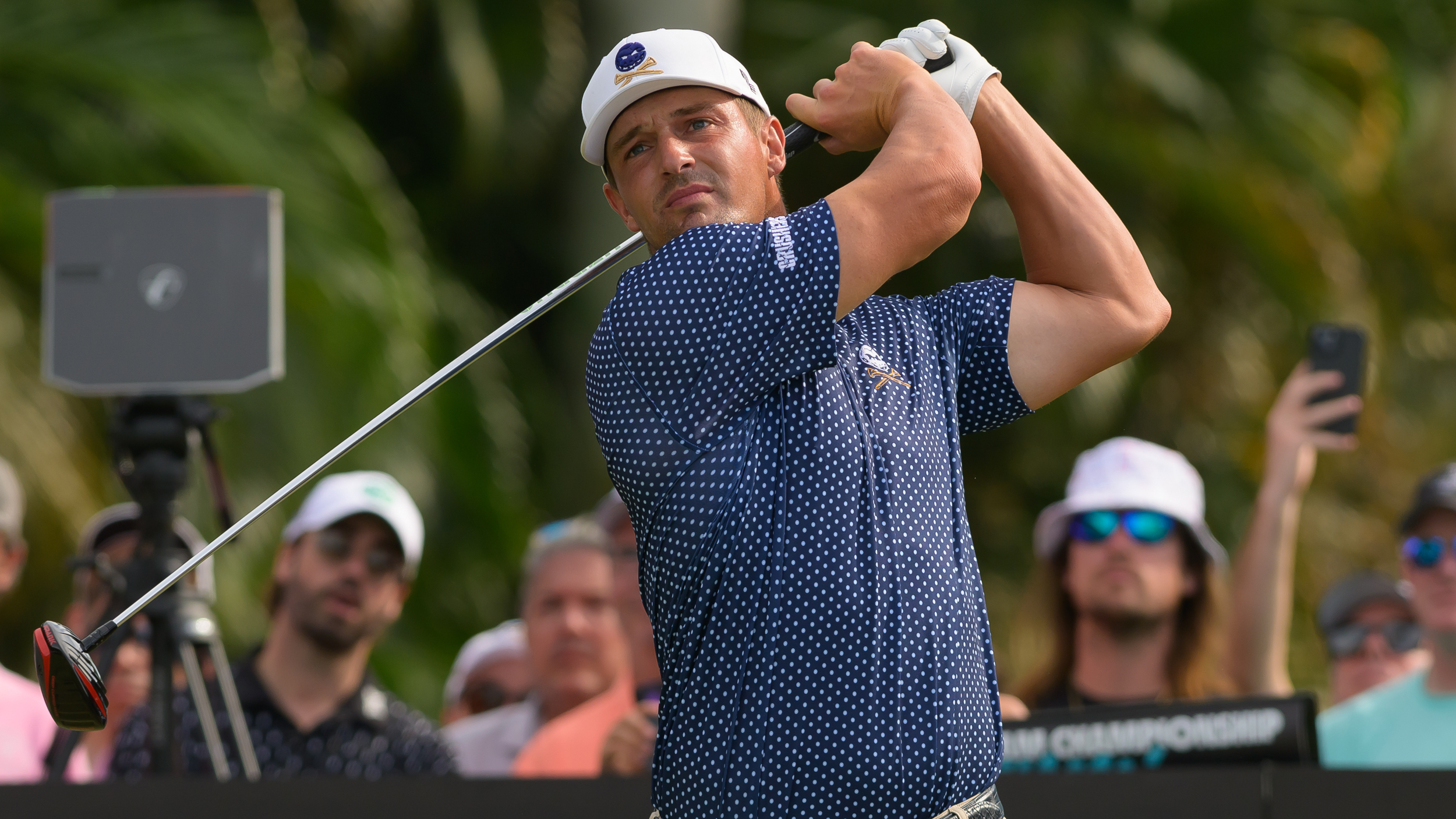
Bryson DeChambeau was strongly against the original golf ball rollback plan
The LIV Golf player is one of the game's biggest hitters, and didn't hold back when asked about the initial plan to introduce bifurcation, describing the plan as "atrocious."
He added: "It’s a great handicap for us guys that have worked really hard to learn how to hit it farther. Look, if they do it in a way where it only affects the top end, I see the rationale. But I think it’s the most atrocious thing that you could possibly do to the game of golf. It’s not about rolling golf balls back; it’s about making golf courses more difficult.”
Eddie Pepperell
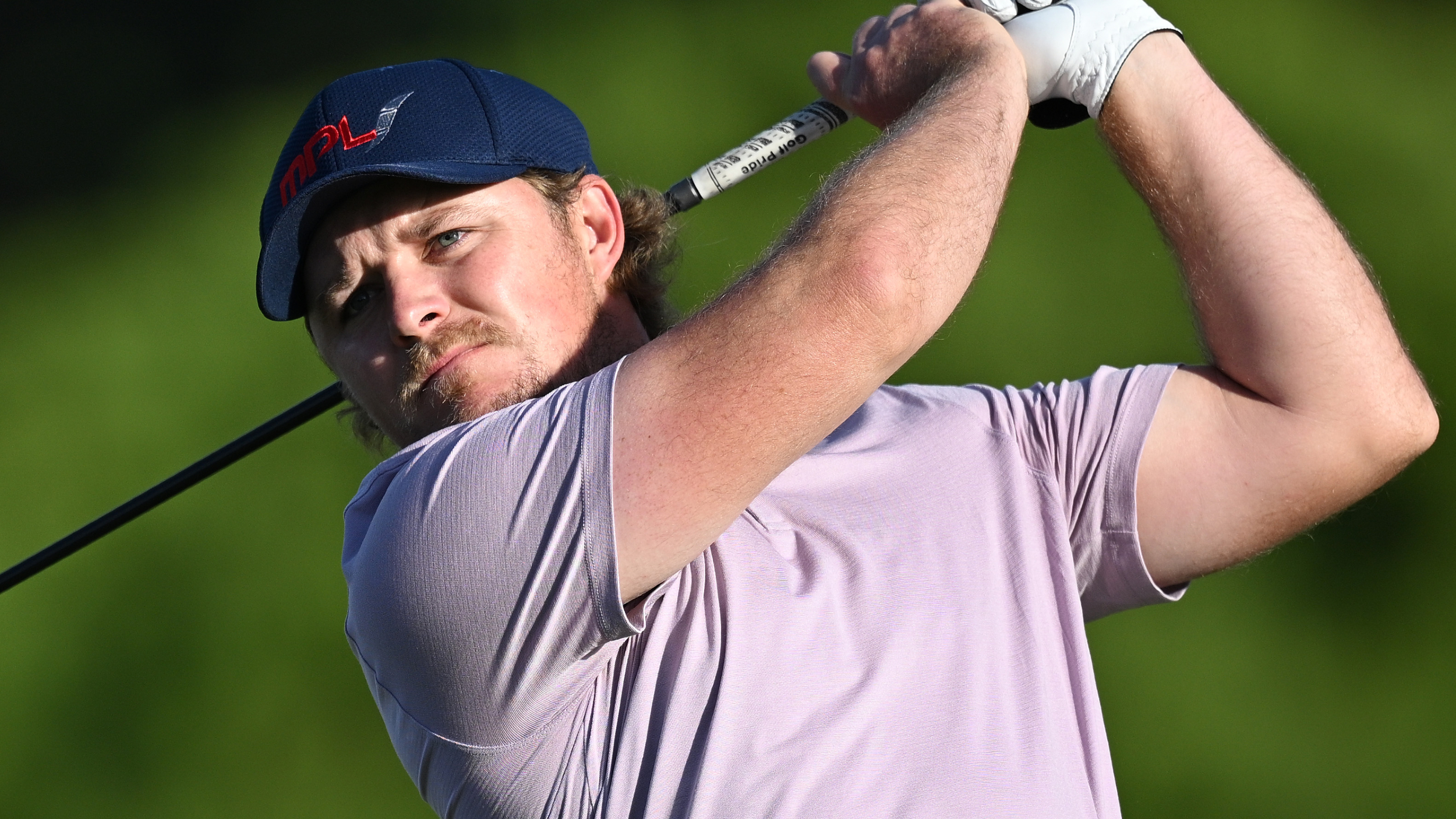
Eddie Pepperell thinks driving distance increases are down to improved technology
A pro who sees the increasing distances as an inevitable consequence of improved technology is the DP World Tour player, who said: “Regardless of what happens with the technology, there seems to have been a paradigm shift in golf whereby the key factor, certainly in terms of ambition, is to hit the ball further and further.
"I don’t see that changing and I don’t see any prospective technological rollbacks changing that – a product of shifts in the game but also driven by things like data."
Brian Harman
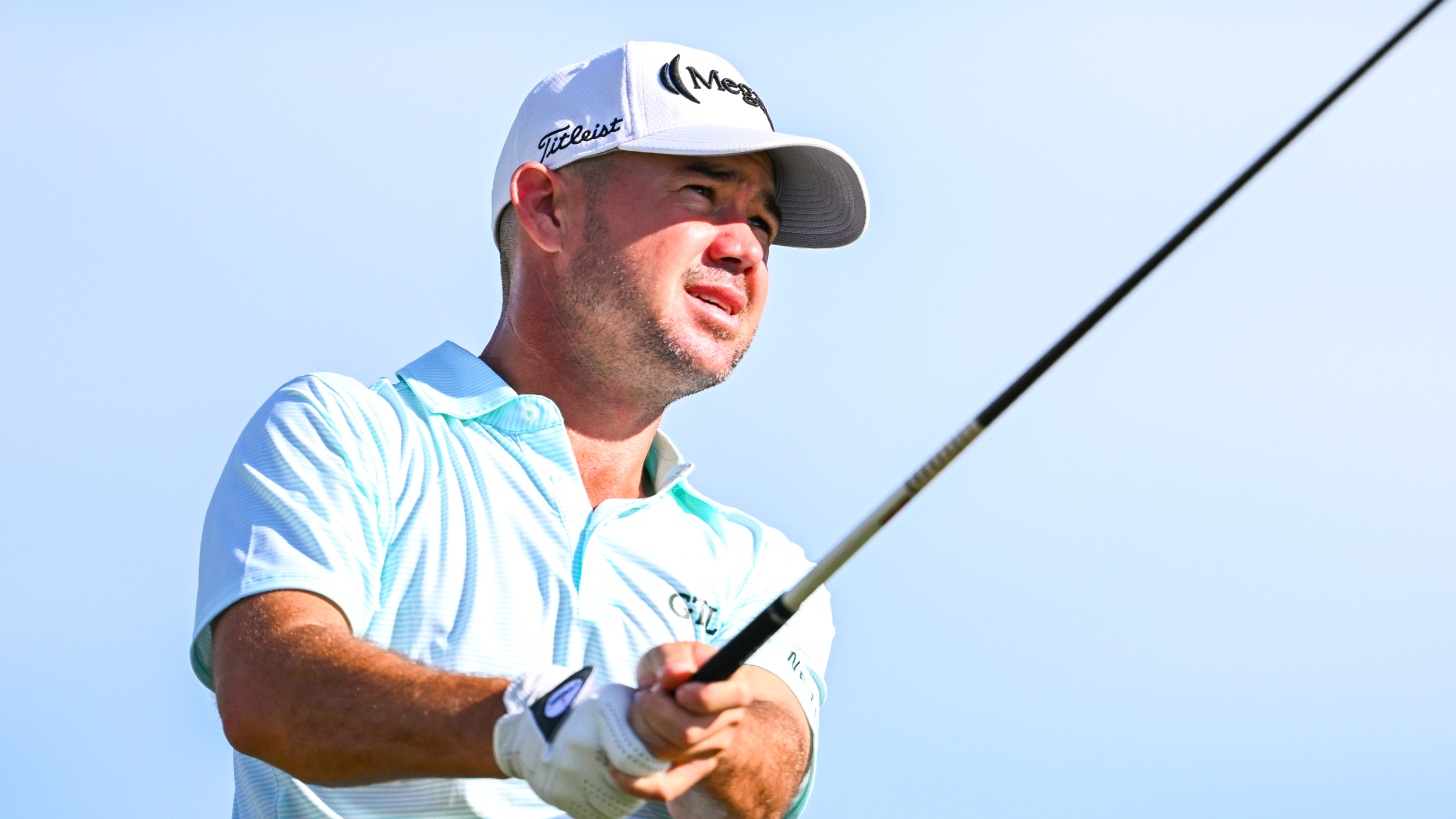
Brian Harman doesn't think a golf ball rollback will help shorter hitters
The Open champion is far from the longest hitter in the elite game, and, after his 2023 win at The Open, he questioned plans to roll back the ball, saying it would be detrimental to the shorter hitters.
He said: "I don't know how it helps a guy that hits it shorter. There really hasn't been any change or golf course design that's helped a shorter hitter over the last 20 years, so I don't know how the next thing would help a shorter hitter. The game is going longer. That seems to be the way it's going.”
Justin Thomas
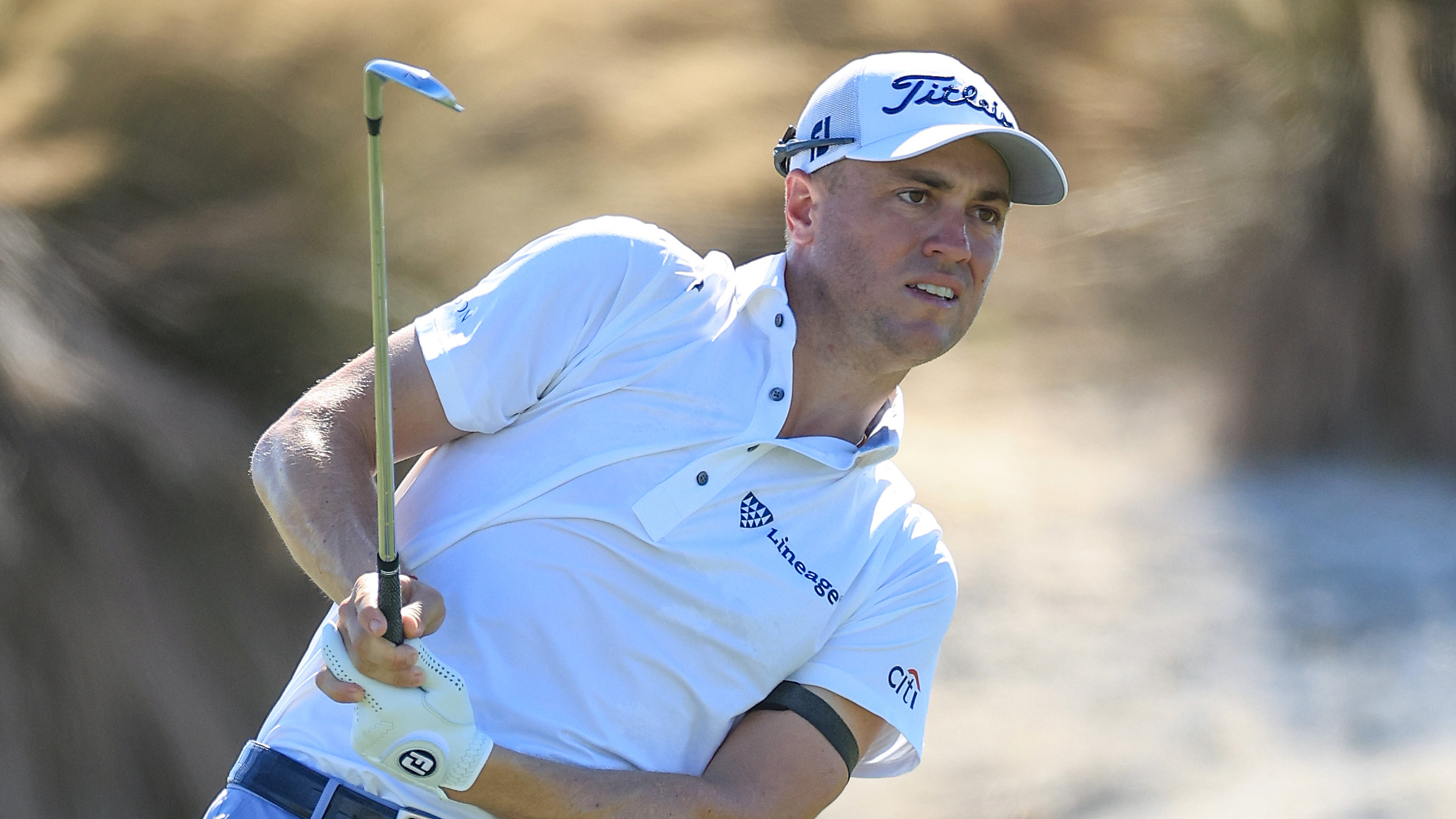
Justin Thomas thinks increased distances are inevitable
The two-time Major winner pointed to the improved fitness of golfers as a reason for the increased distances. He said: "I think distance is what it is right now because of us, and I think because of a lot of the players are taking the training and becoming more athletes and becoming stronger and more optimal in their distance.
"It is what it is. I mean, if you give us different stuff we're still going to try to find a way to hit it as far as we possibly can."
Thomas also doesn’t agree with a rollback of the ball. He said: "I don't think there's any reason or it's not necessary at all to change the golf ball. I am fine with them maybe not going any farther with it, but I think Tiger said it a while ago that they missed that opportunity probably 20 or so years ago."
Jon Rahm
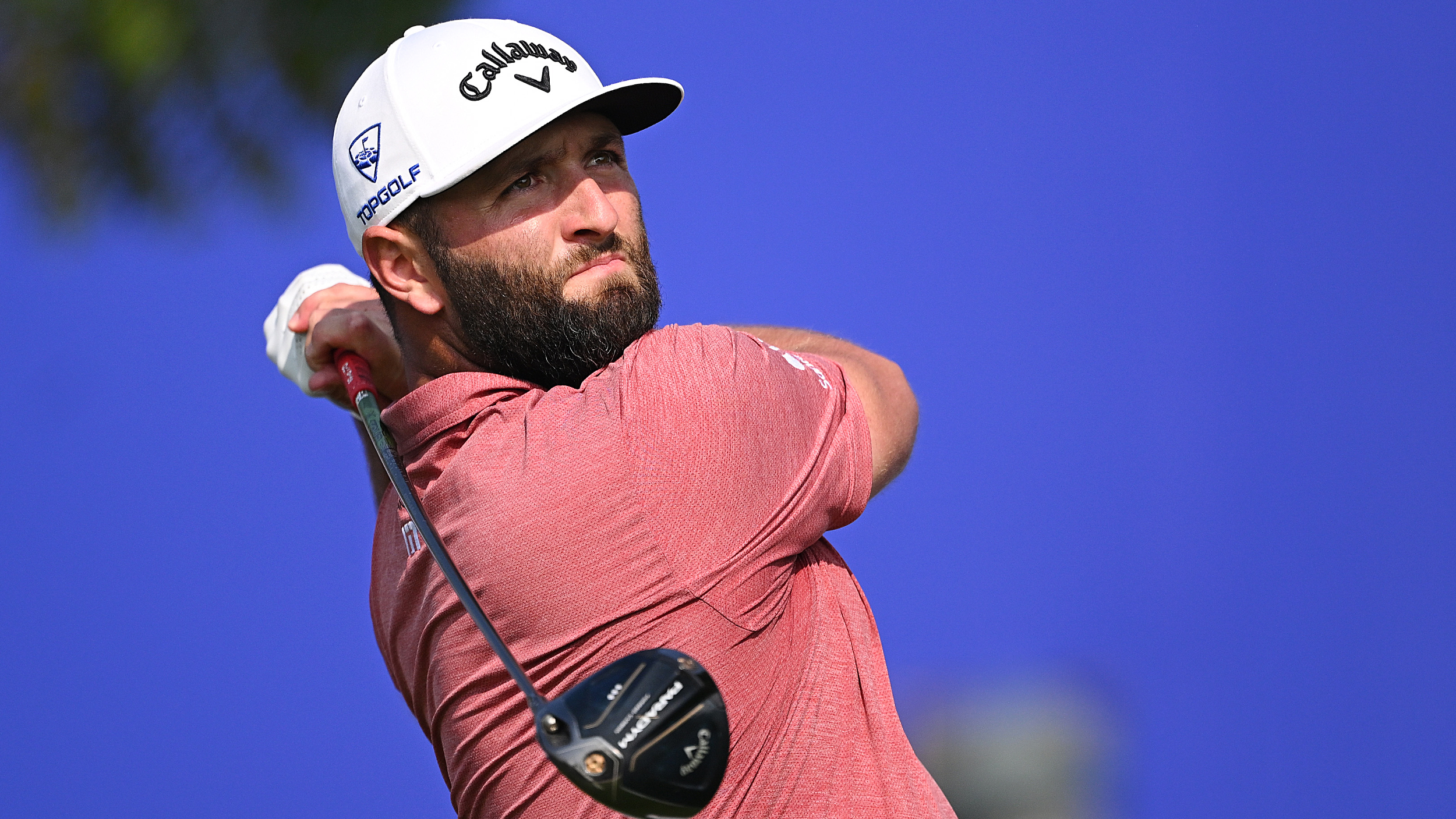
Jon Rahm points to fitness as the reason driving distances are increasing
The Spaniard is in agreement with Thomas, saying technological advances make a negligible difference to distances, but increased physicality is key. He said: “Why is everybody so obsessed with distance? I could simplify it since Tiger. There's better ways to screen the human body. There's better ways to make people workout in the gym to make the sequence better, and make themselves more efficient.
“Technology is just a little bit better. I get it, but overall, we're all better athletes. It happens in every single sport. There's actually a tech talk about how much better athletes are nowadays for the most part, but then technology is allowing for these things.”
Somewhere In The Middle...
Lee Westwood
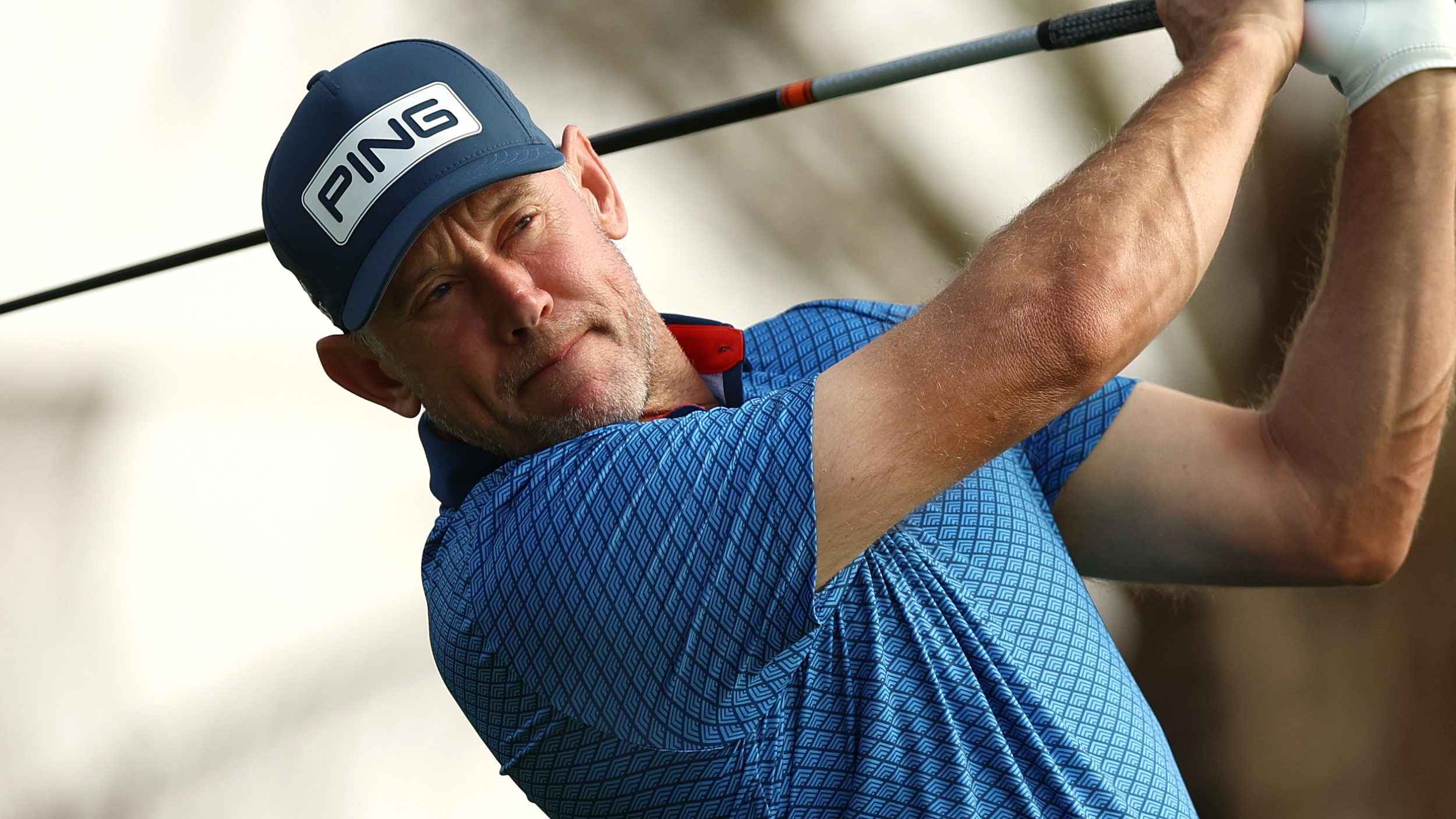
Lee Westwood doesn't see an issue with increased driving distances
The LIV Golf player weighed in on the distance debate in 2021, and, at that time, didn't see an issue. He said: “I think golf’s in a good place, I don’t know what everybody is panicking about. I think it’s exciting to watch right now, there are a lot of combinations."
With the news on the latest golf ball rollback plan, though, Westwood has developed his opinion, but doesn't agree the issue will be solved with just a golf ball rollback. He said: "It's not just the ball" and added: "The driver heads got too big and they developed a ball to maximise this and vice versa. Who knows, we might get back to a place where hitting the driver out the middle is rewarded again.”
Bernhard Langer
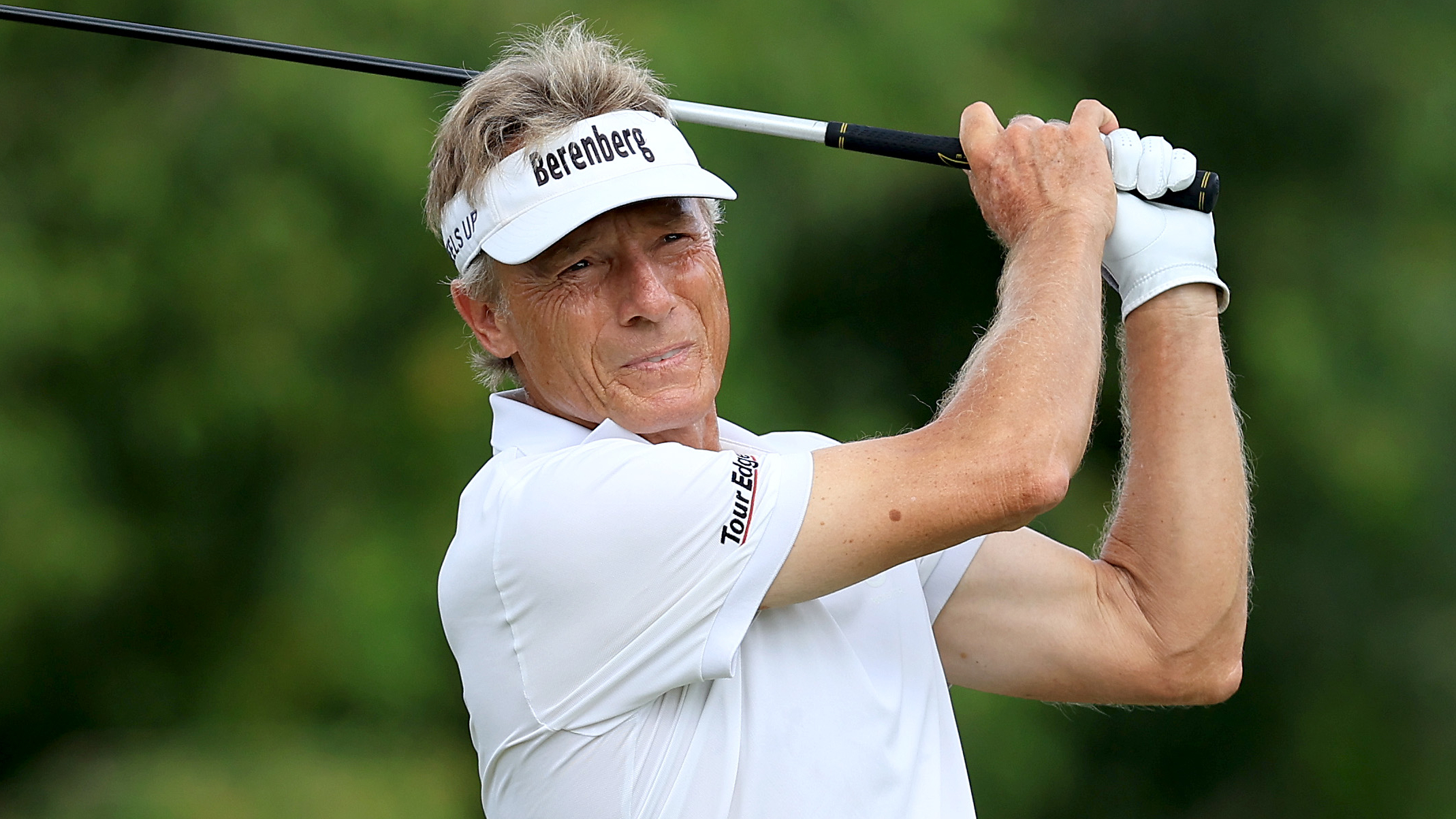
Bernhard Langer thinks the game's biggest hitters are a positive
Elsewhere, the German legend sees the game’s big-hitters as a positive, while acknowledging there is an issue. He said: “People came out to watch John Daly because he could hit it really far and if you take that away, then you make the game maybe less attractive.
"But at the same time, you’re making some golf courses obsolete in terms of the distances that they’re hitting it and golf becomes a little more expensive because you used to have 7,000 yards of golf, now you need 8,000 yards.”
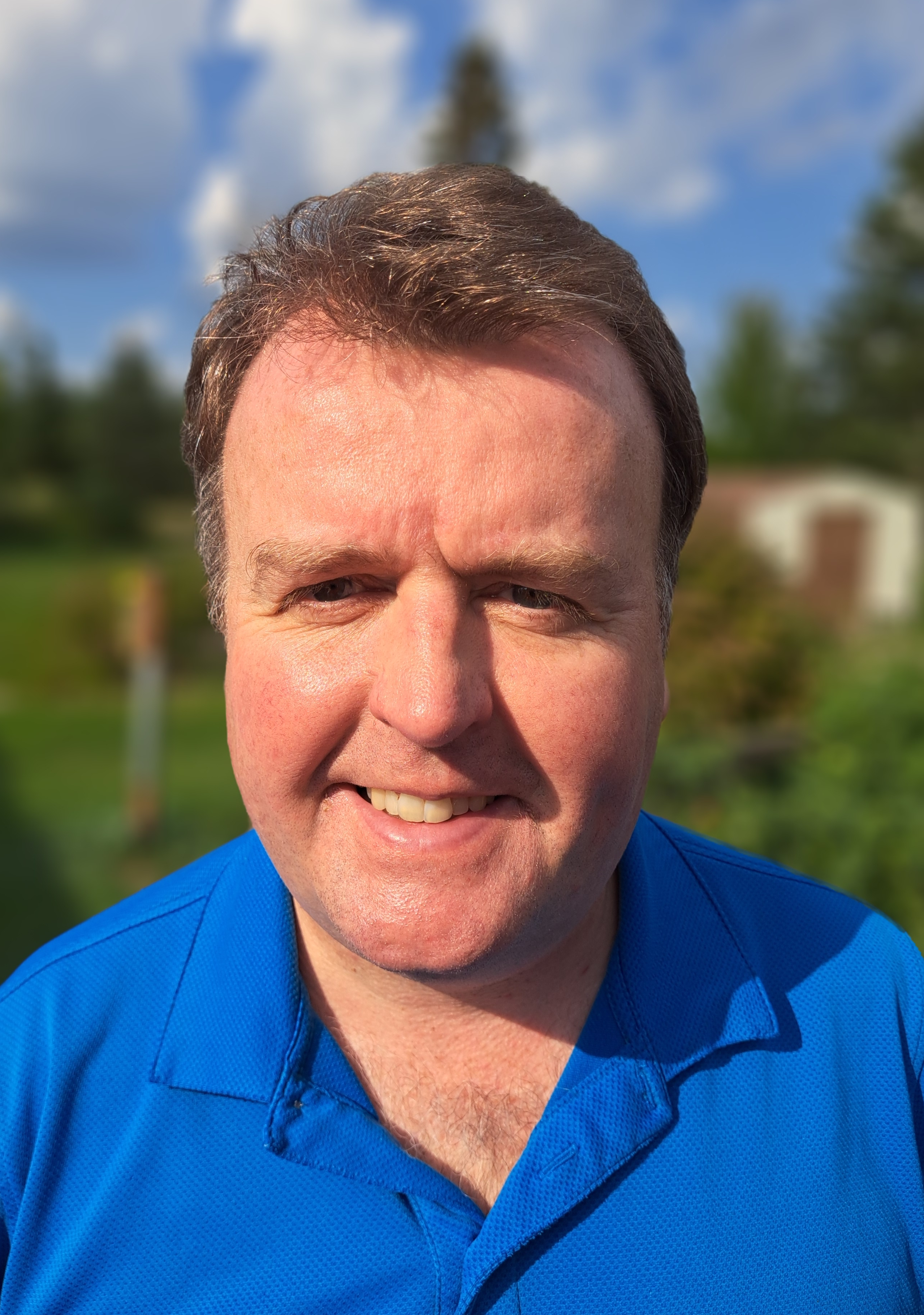
Mike has over 25 years of experience in journalism, including writing on a range of sports throughout that time, such as golf, football and cricket. Now a freelance staff writer for Golf Monthly, he is dedicated to covering the game's most newsworthy stories.
He has written hundreds of articles on the game, from features offering insights into how members of the public can play some of the world's most revered courses, to breaking news stories affecting everything from the PGA Tour and LIV Golf to developmental Tours and the amateur game.
Mike grew up in East Yorkshire and began his career in journalism in 1997. He then moved to London in 2003 as his career flourished, and nowadays resides in New Brunswick, Canada, where he and his wife raise their young family less than a mile from his local course.
Kevin Cook’s acclaimed 2007 biography, Tommy’s Honour, about golf’s founding father and son, remains one of his all-time favourite sports books.